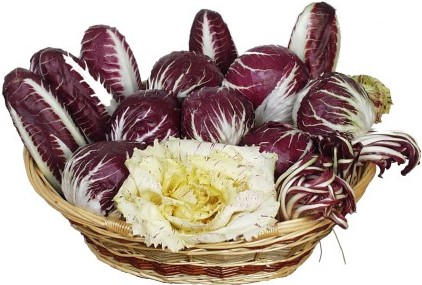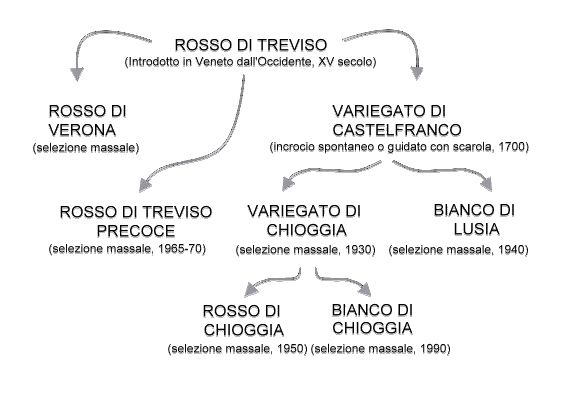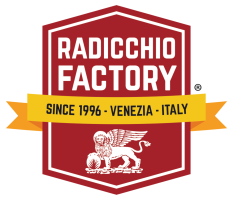
The horticulture has always been one of the central activities in medieval Clodia. It was precisely the farmers of Chioggia island (Venice region) to grow vegetables as the basic element for the area in the production chain. Later, the horticultural activities were delegated to Sottomarina area, where the inhabitants managed to tear the land from the sea and make the sand fertile. In fact, even nowadays the sandy soil is the perfect breeding ground for the famous radicchio variety ‘La Rosa di Chioggia’.
Radicchio is well-known and greatly appreciated by consumers for its organoleptic properties vegetable. While the farmers usually appreciate it for its morphological and biological qualities. However, only twenty years ago the radicchio market was limited to Italy and the neighboring countries.
One of the most widespread and popular is the Rosso di Chioggia variety. Due to its ability to adapt to the various climate conditions and soils and its huge conservation capacity, this type of chicory is a real leader on the world market and therefore on your tables.
The origins of the radicchio date back to the fifteenth century, when a chicory was imported from the West. This was the red radicchio di Treviso variety.
Gradually, Radicchio Rosso di Treviso had spread all over the Venetian region and the local farmers started not only breeding but also crossing different varieties of chicory to change the morphological properties in order to raise production and satisfy the new market demands. This is how different varieties of Radicchio appeared.
RADICCHIO FAMILY TREE

